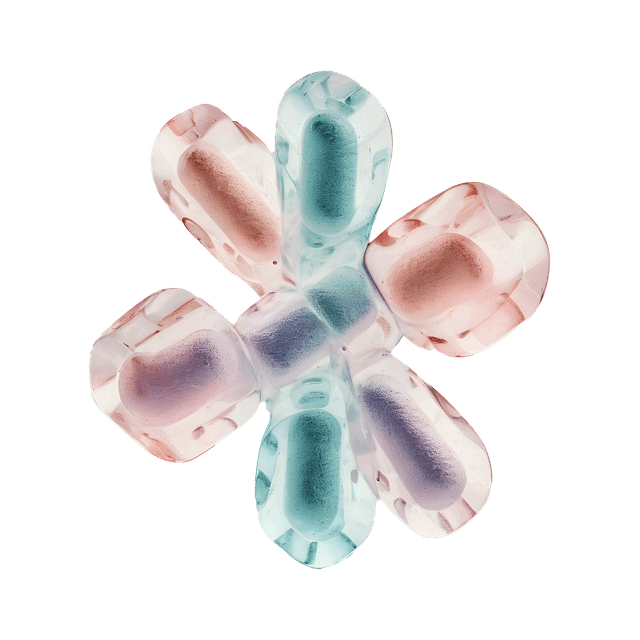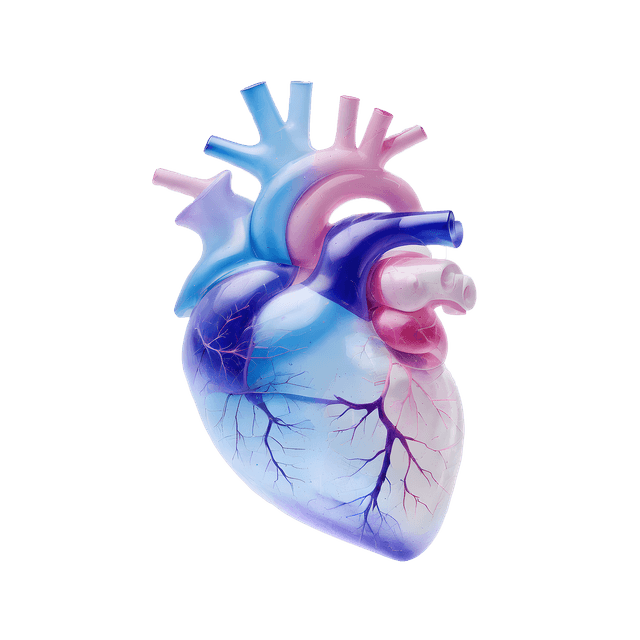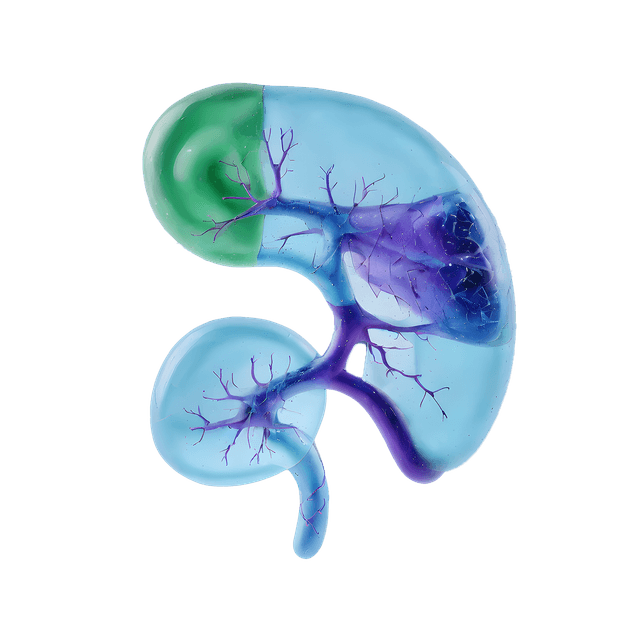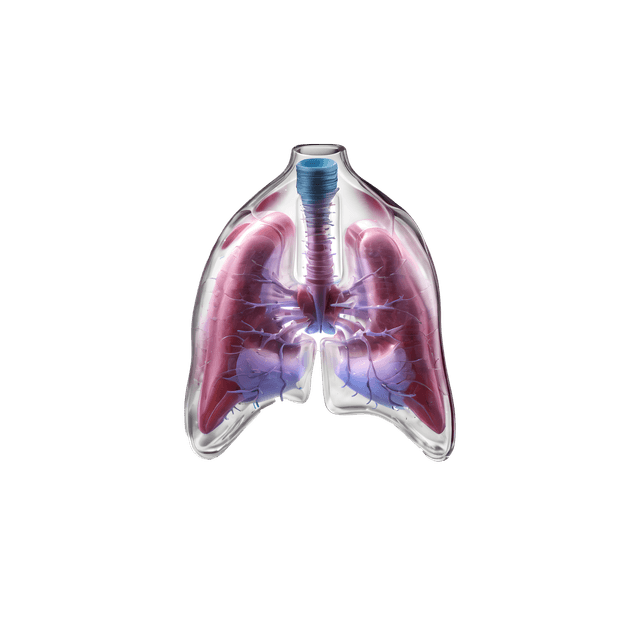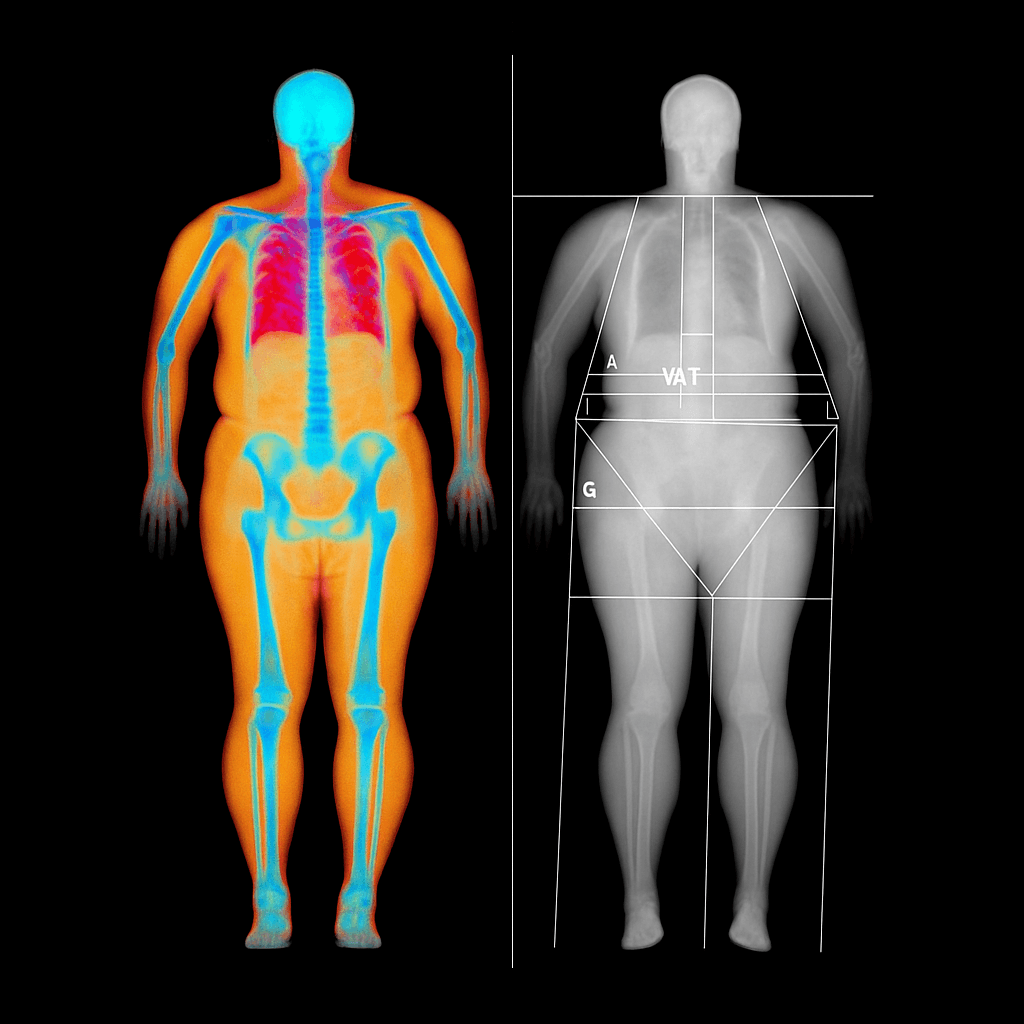Bone densitometry – DEXA scan to assess bone strength
Bone densitometry (DXA/DEXA – Dual Energy X-ray Absorptiometry) is the most accurate method for measuring how dense and strong your bone tissue is. The test is used to diagnose and monitor osteoporosis and other conditions that affect the skeleton. DEXA is the international “gold standard” for assessing bone health and is used as a basis for treatment, prevention and monitoring of fracture risk.
How a DEXA measurement works
During a DEXA measurement, you lie comfortably on a table while a low-dose X-ray passes over your body and measures how much radiation is absorbed by the skeleton. By using two different energy levels, the device can distinguish between bone, muscle and fat tissue – which provides a very accurate measurement of bone density.
The examination is completely painless and takes about 10–25 minutes. The radiation dose is very low, often lower than in a standard X-ray. The measurement is usually taken over the hip and lower back, but can also be performed on the forearm or as a full-body scan if necessary.
When is a DEXA scan recommended?
A DEXA scan is recommended both to detect early signs of osteoporosis and to follow up on ongoing treatment. It is particularly suitable for people at increased risk of developing osteoporosis.
- Postmenopausal women or men over 50 years of age.
- Previous fracture due to low-energy trauma (e.g. fall from a standing height).
- Long-term treatment with cortisone or other medications that affect the skeleton.
- Diseases that affect bone density, such as celiac disease, inflammatory bowel disease or hormonal disorders.
- Low body weight, eating disorder or underweight.
- Heredity for osteoporosis or previous osteoporosis in the family.
- Follow-up of ongoing or completed osteoporosis treatment.
Preparation for the examination
You do not need to fast or prepare for anything in particular, but please follow these recommendations to ensure a reliable result. results:
- Avoid calcium supplements 24 hours before the examination, as it may affect the results.
- Remove jewelry, belts and clothing with metal details before the examination.
- Wait at least 24 hours if you have recently undergone an X-ray examination with contrast medium.
- Inform the staff if you have implants, prostheses or metal in your body.
What does the result of a DEXA scan show?
The result is reported as a T-score and Z-score, which show how your bone density relates to normal values:
- T-score: compares your bone density with that of a young healthy adult of the same sex.
- Z-score: compares your bone density with people of the same age and sex.
A T-score above –1.0 is considered normal, between –1.0 and –2.5 indicates low bone density (osteopenia), and below –2.5 indicates osteoporosis.
Fracture risk assessment
The DEXA result is often used in conjunction with risk assessment tools such as FRAX, where factors such as age, gender, heredity, lifestyle and previous fractures are taken into account. Together, it provides a comprehensive picture of your skeletal strength and the risk of future bone fractures. This allows the correct treatment or preventive measures to be planned in time.
After the examination
The examination images and measurement data are reviewed by a specialist in radiology. You will receive a written medical report with clear information about your bone density and any signs of osteopenia or osteoporosis. The results can be shared with your doctor for further follow-up and treatment planning.
Why do a DEXA scan?
The purpose of the examination is to detect decreased bone density before fractures occur. Osteoporosis often develops slowly and without symptoms, making early diagnosis crucial to preventing bone fractures. A DEXA scan provides a clear picture of your bone health and makes it possible to follow changes over time.
Important to know
This product refers to bone density measurement of standard areas (lumbar spine and/or hip). If you need measurement of additional areas, such as forearm or full body measurement, please contact us before ordering.




